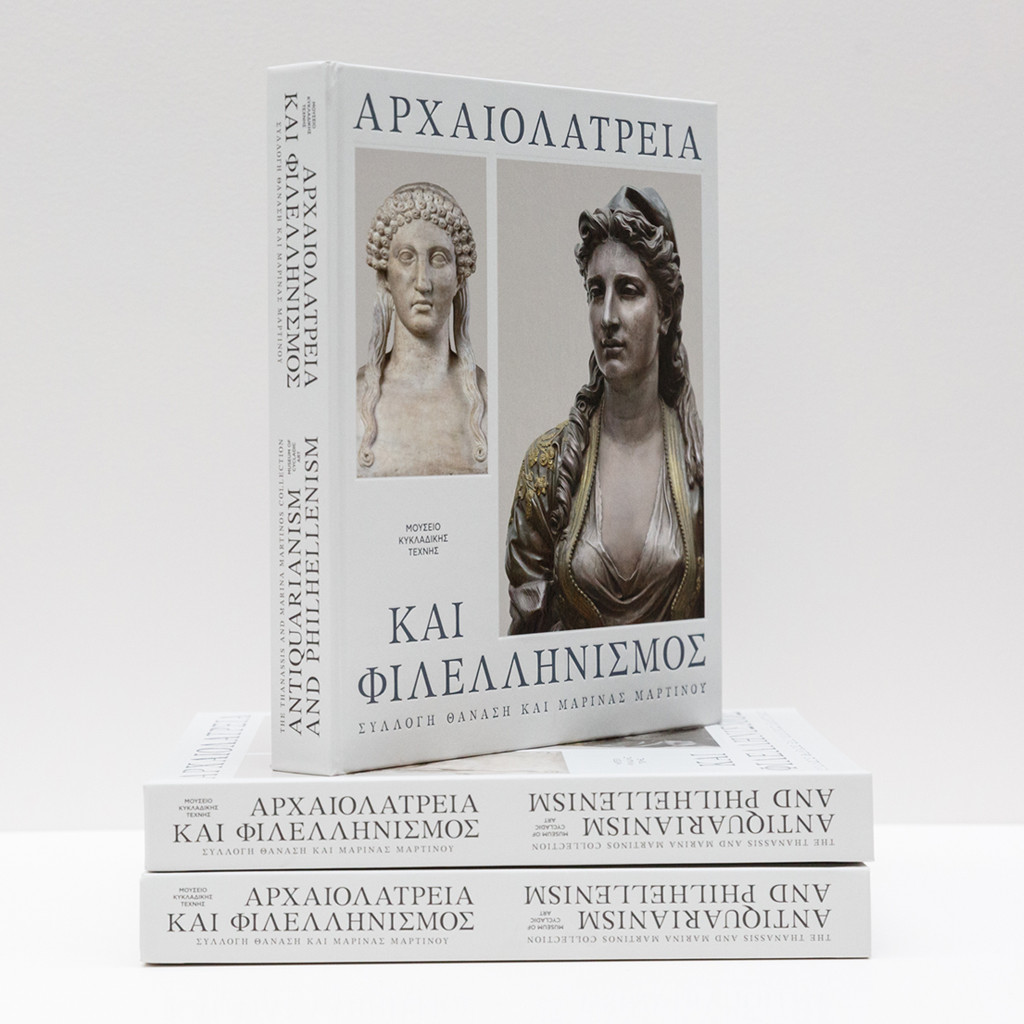
"Antiquarianism and Philhellenism. The Thanassis and Marina Martinos Collection" Exhibition Catalog – Bilingual Edition
Bilingual catalog of the exhibition including texts in Greek and English by the exhibition curators. Additionally, all exhibition works are accompanied with detailed explanatory texts and illustrations.
INFO
Curatorship
Dr Fani-Maria Tsigakou, Prof. Nikolaos Chr. Stampolidis
Edition coordinators
Maria Basagianni, Ioulia Lourentzatou
Dimensions
24 x 28 cm.
Pages
435